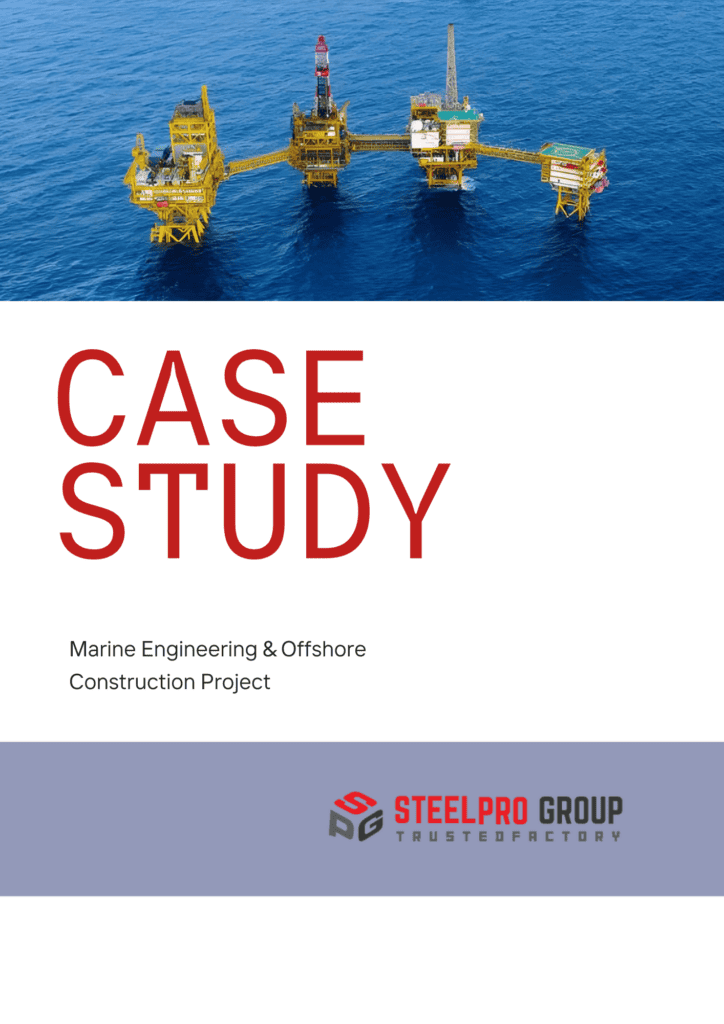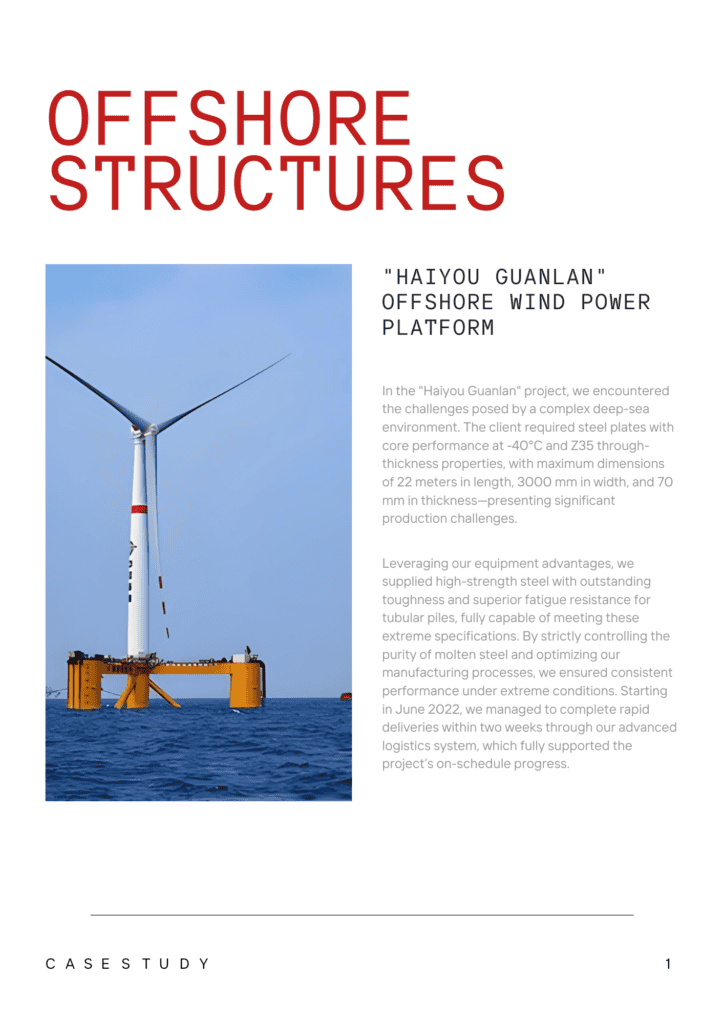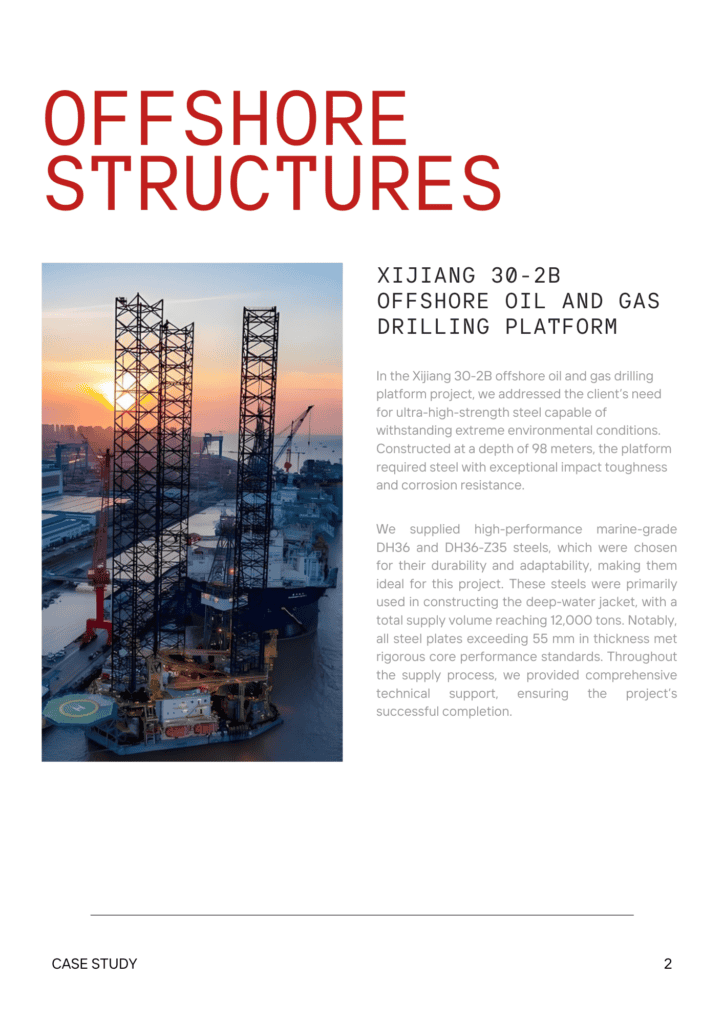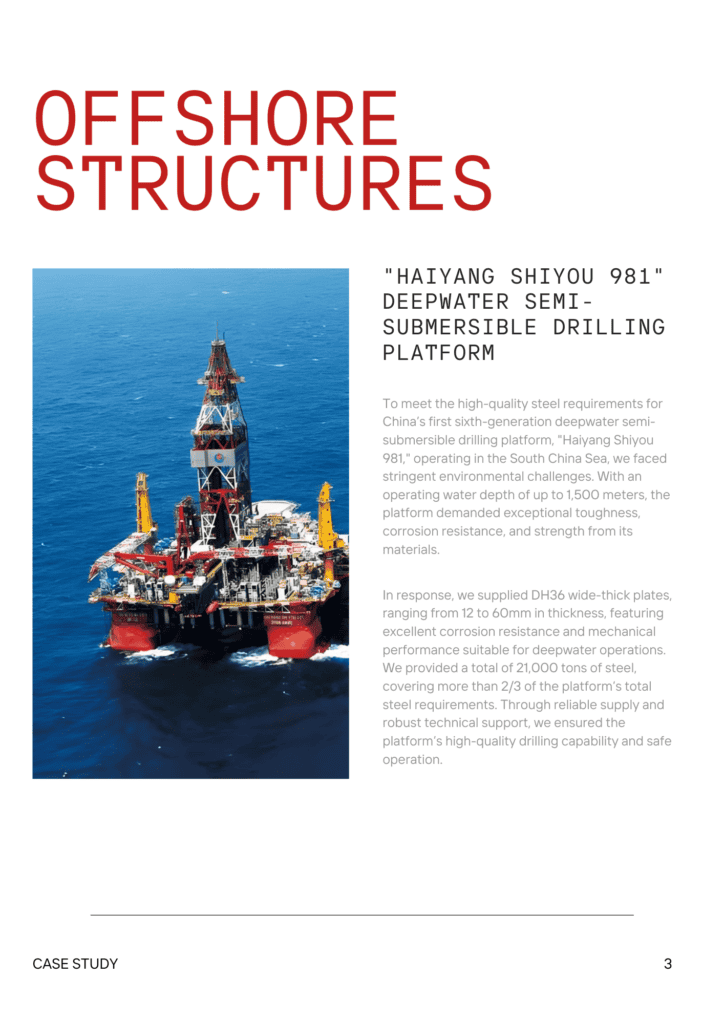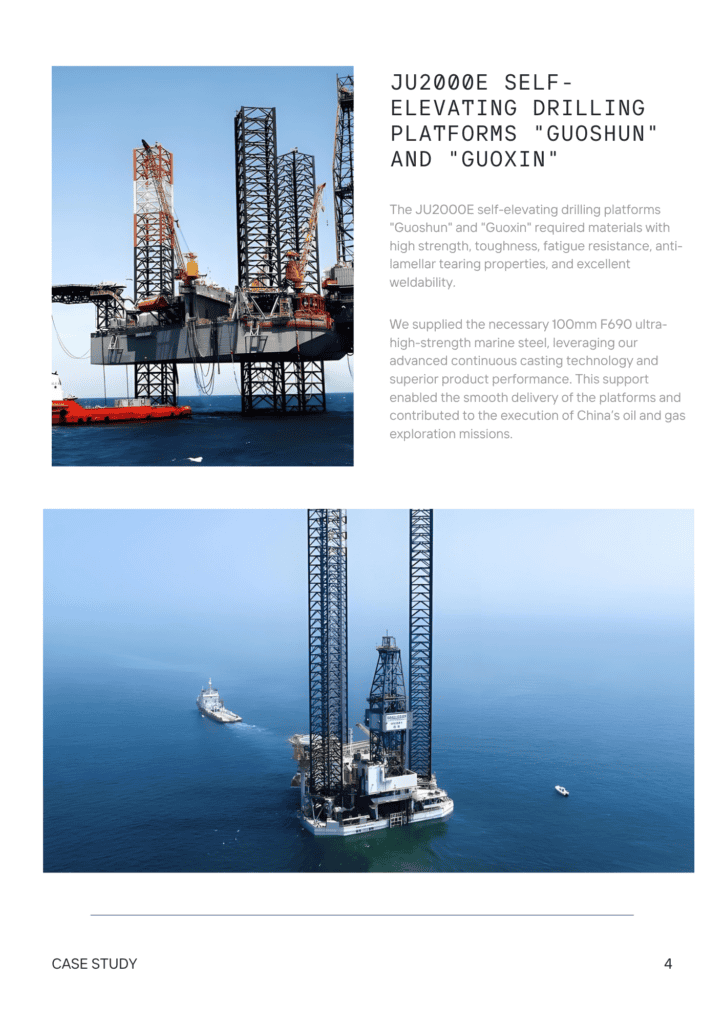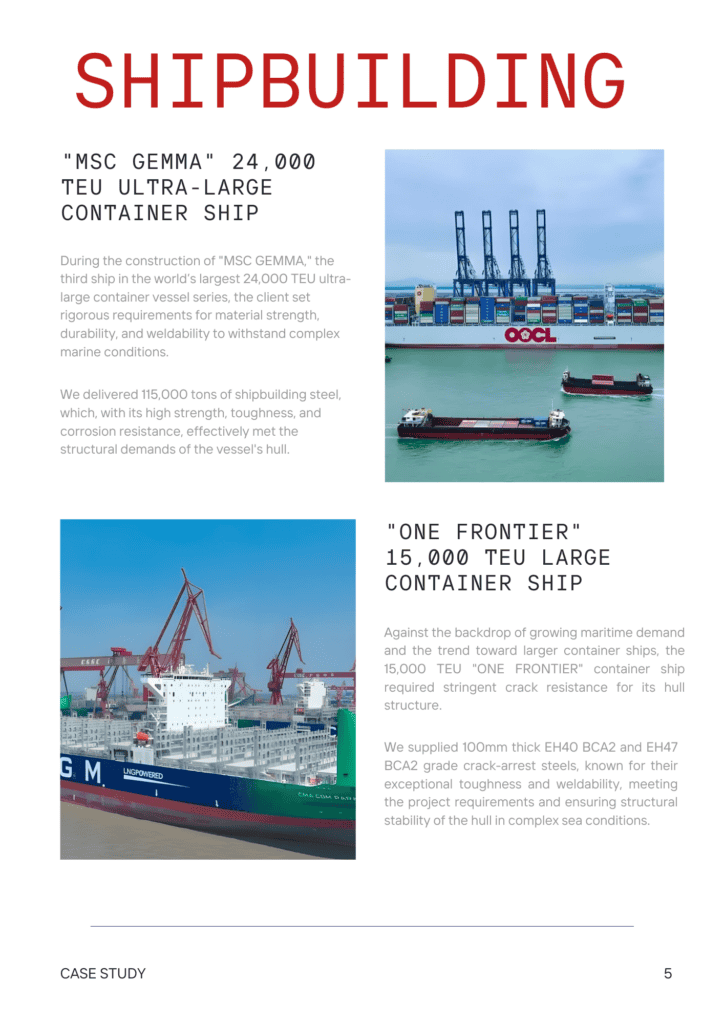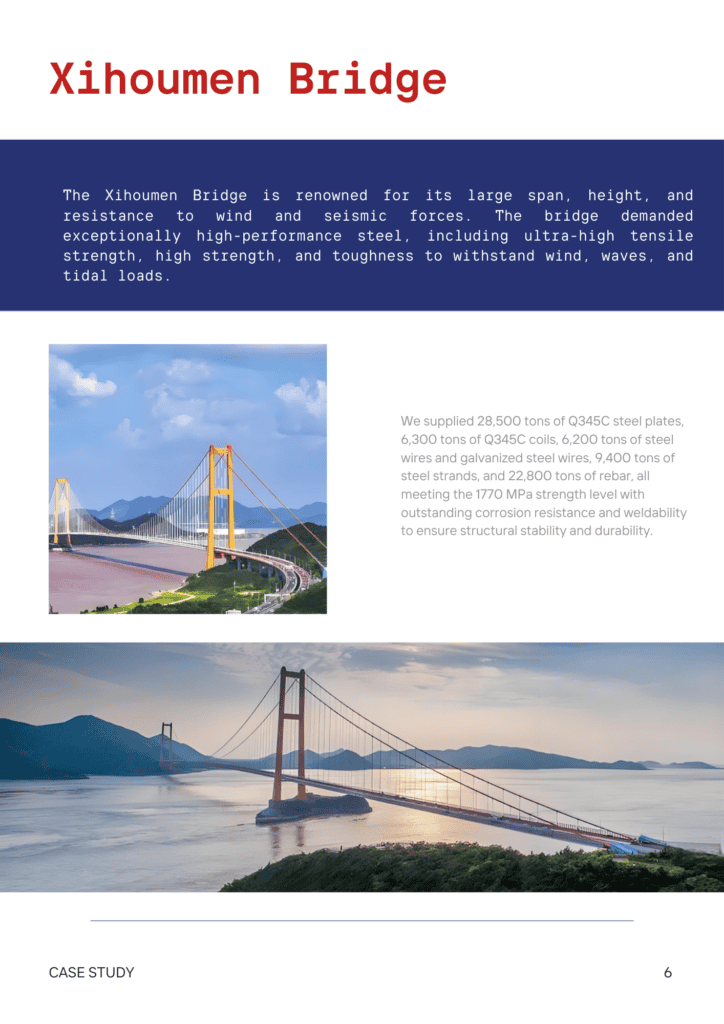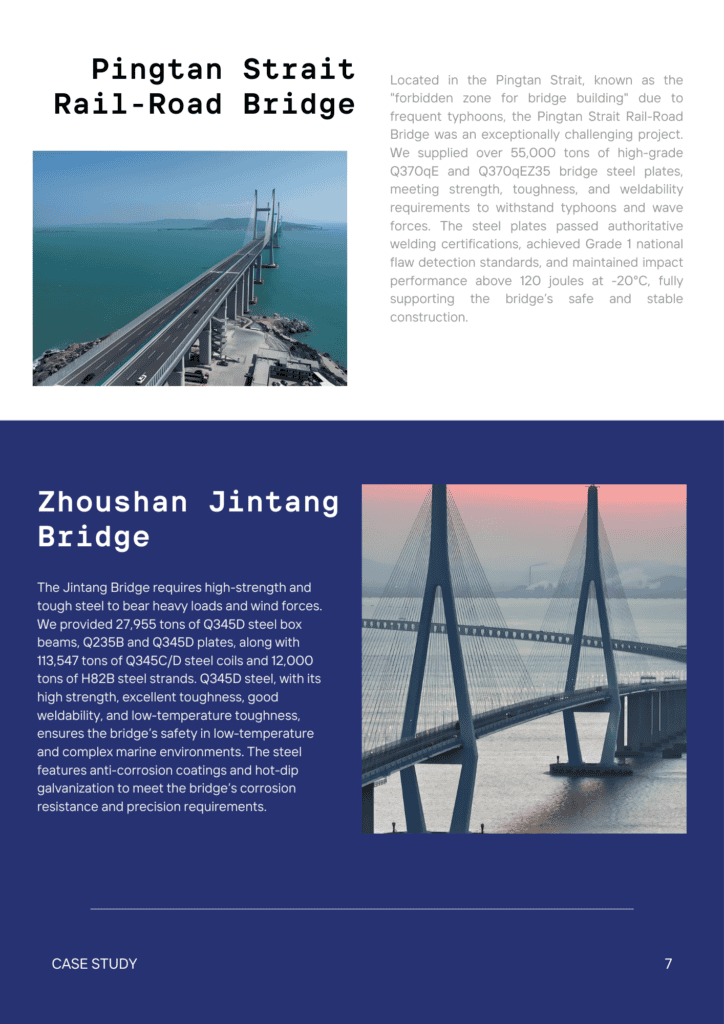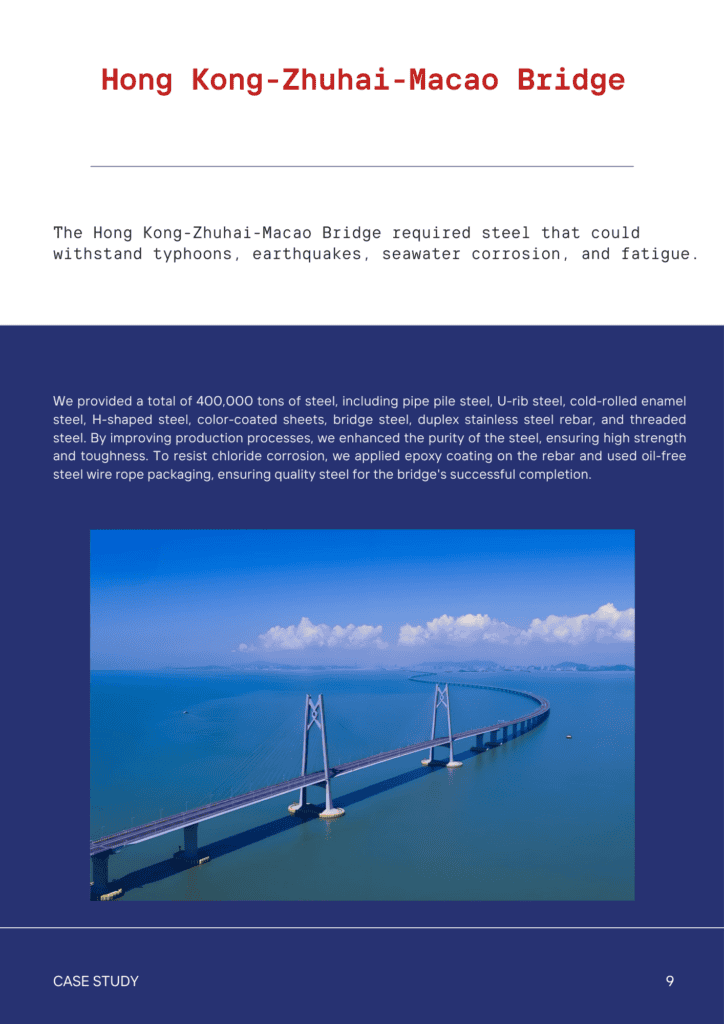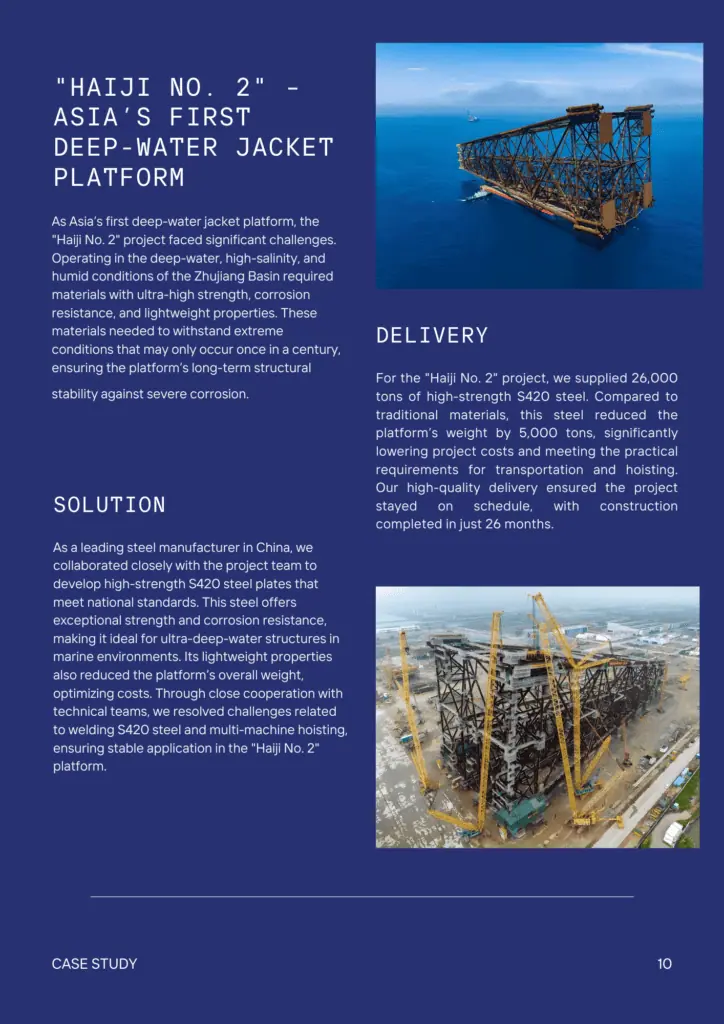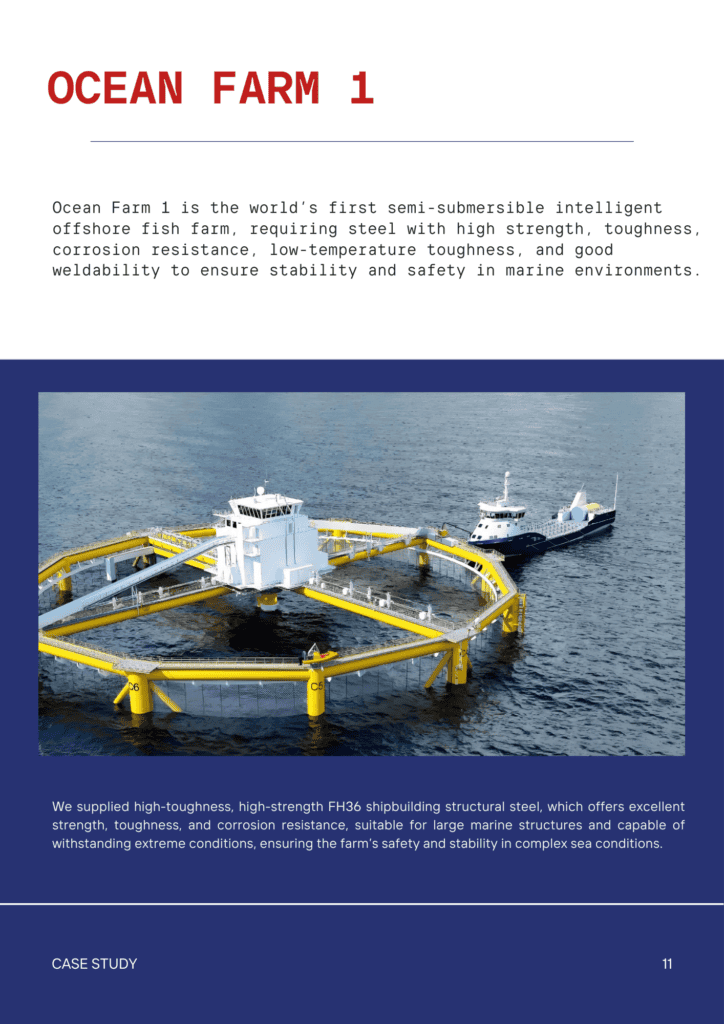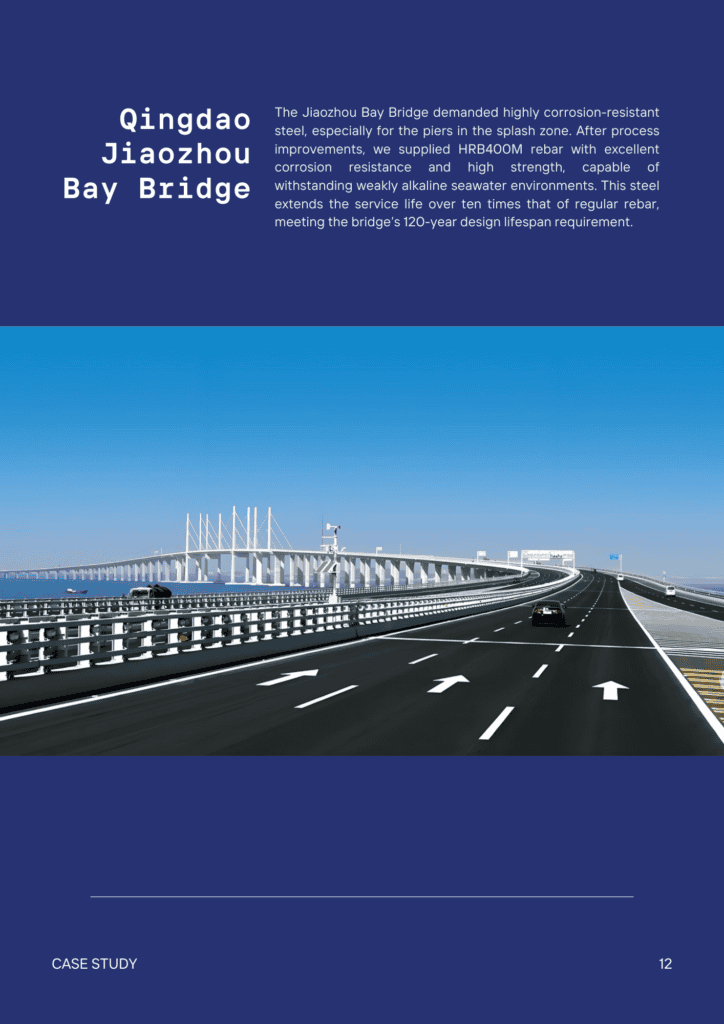Contents
Alloy Steel vs. Stainless Steel: Differences Overview
- John
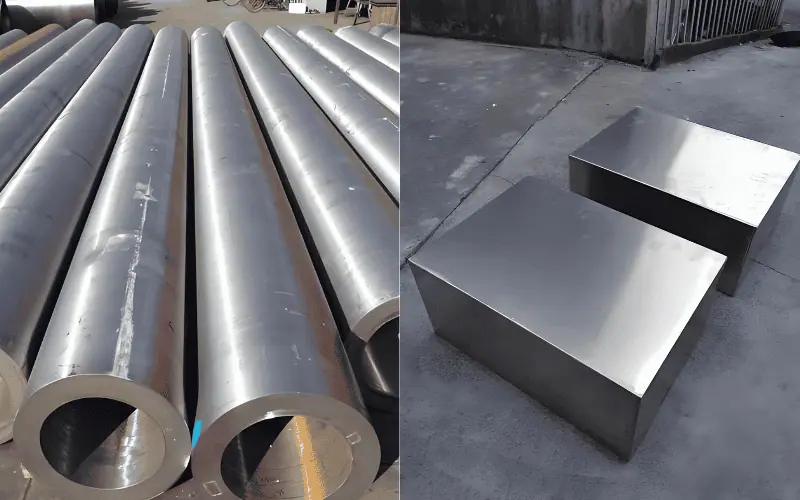
Quick Answer:
Stainless steel is technically a type of alloy steel. While alloy steels excel in strength and heat resistance, stainless steel’s chromium-rich composition makes it a corrosion-resistant champion.
At SteelPro Group, we’ve engineered solutions for over 20 years, and this guide cuts through the confusion to help you match the right material.
Let’s get started.
What Is Alloy Steel?
Alloy steel is a high-performance version of iron made by adding elements like vanadium, silicon, or boron to carbon steel. These additives, usually 1–50% of the mix, enhance properties that standard carbon steel can’t achieve. For example, chromium increases hardness for gears exposed to high friction, while nickel strengthens steel for structures in freezing temperatures.
Alloy Steel Common Types
Low-Alloy Steel
Low-alloy steels contain 1–8% added elements, focusing on cost-effective improvements like better weldability and moderate strength. Examples include:
- HSLA (High-Strength Low-Alloy) Steel: Lightweight and durable, ideal for construction frameworks and automotive chassis.
- Chromoly Steel: A chromium-molybdenum blend used in high-stress parts like aircraft landing gear and SteelPro’s precision pipelines.
High-Alloy Steel
With over 8% alloying elements, high-alloy steels have enhanced properties. Examples include:
- Tool Steel: Hardened with tungsten or vanadium, perfect for cutting tools and molds that maintain sharpness under extreme heat.
- Stainless Steel: A high-alloy steel (e.g., 304 or 316) where chromium provides corrosion resistance, ideal for SteelPro’s medical-grade and marine solutions.
- Maraging Steel: Nickel-rich alloys with exceptional fracture resistance, used in aerospace and defense.
What is Stainless Steel?
Stainless steel earns its name thanks to chromium. At 10.5% or more, chromium forms an oxide layer when exposed to oxygen, protecting the steel from rust—even when scratched.
But stainless steel isn’t just about chromium. Nickel adds flexibility for complex shapes, like surgical instruments, while molybdenum fights corrosion in harsh environments, such as coastal factories. This combination makes stainless steel highly resistant to corrosion.
Stainless Steel Common Types
Austenitic Stainless Steel
Austenitic steels (e.g., 304, 316) are non-magnetic and highly formable. They contain high levels of nickel (8–12%) and chromium (16–26%). These steels resist oxidation and acids, suitable for food processing and pharmaceutical machinery.
Ferritic Stainless Steel
Ferritic steels (e.g., 430) have chromium (10.5–27%) and little nickel. They are magnetic, cost-effective, and resistant to stress corrosion cracking, best for non-structural uses like automotive trim and kitchen hoods.
Martensitic Stainless Steel
Martensitic steels (e.g., 410) have high carbon (0.1–1.2%) and moderate chromium (12–18%). After heat treatment, they become exceptionally hard. They are used in applications requiring sharpness and wear resistance, like surgical tools.
Duplex Stainless Steel
Duplex steels (e.g., 2205) combine austenitic and ferritic structures. They offer high strength and excellent chloride resistance, ideal for chemical plants and offshore oil rigs.
Precipitation-hardening (PH) Stainless Steel
PH steels (e.g., 17-4PH) gain strength through aging heat treatments. They offer a balance of toughness and corrosion resistance. These steels are used in aerospace valves and high-stress custom forgings.
Alloy Steel vs. Stainless Steel: Quick Comparison Table
| Property | Other Alloy Steel | Stainless Steel |
| Strength | High (customizable through alloys) | Moderate (varies by stainless grade) |
| Corrosion Resistance | Moderate (requires coatings or treatment) | Excellent (self-healing chromium oxide layer) |
| Heat Resistance | Excellent (handles high temperatures) | Moderate (grades like 310 resist high heat) |
| Ductility | Varies (high for low-alloy, lower for high-alloy steels) | High (especially in austenitic grades like 304) |
| Durability | High (strong in harsh conditions) | Moderate (wears down faster in extreme conditions) |
| Machinability | Moderate (varies by alloy) | High (especially in low-alloy and austenitic types) |
| Weldability | Moderate (some alloys need special techniques) | High (easier to weld, particularly austenitic grades) |
| Cost | Lower (due to simpler composition) | Higher (due to higher alloy content, especially chromium and nickel) |
| Common Uses | Heavy machinery, construction, automotive, aerospace, manufacturing | Food processing, medical instruments, marine, chemical processing, architecture |
| Cost | Higher | Lower |
Alloy Steel vs. Stainless Steel: What Are the Differences?
Corrosion Resistance
Stainless steel sits at the top of alloy steel in terms of corrosion resistance. Its chromium content (≥10.5%) creates a self-healing oxide layer that protects it from moisture, acids, and salt—something even high-alloy steels like tool steels can’t match.
Most alloy steels, especially low-alloy steels, make trade-offs between corrosion protection and properties like hardness or cost-effectiveness.
Temperature Resistance
Alloy steel excels in high-heat environments. With elements like chromium and molybdenum, it retains its strength even in intense heat. This makes it ideal for industrial furnaces, turbines, and heavy machinery in power plants, where sustained heat is a constant challenge.
Stainless steel handles moderate heat well, but exposure to temperatures above 800°F (427°C) can damage its corrosion-resistant layer. However, grades like 310 stainless, enriched with extra chromium and nickel, can endure higher temperatures, making them suitable for kilns and exhaust systems.
Strength & Hardness
When raw strength is essential, alloy steel takes the lead. Its carbon-rich base, reinforced with elements like manganese or vanadium, makes it ideal for handling heavy loads and repeated stress. Nevertheless, it may turn fragile in extremely low temperatures and susceptible to rust in damp conditions.
Stainless steel prioritizes durability over brute strength. Its chromium-nickel structure absorbs shocks, resists wear, and withstands daily impact. Unlike alloy steel, it remains tough in harsh environments and does not easily corrode.
At SteelPro Group, we provide stainless grades like 304 for food processing belts that endure constant cleaning, and alloy steels like 4340 for crane hooks lifting heavy loads
Ductility
Low-alloy steels, like HSLA grades, offer a good balance of strength and flexibility. They are suitable for applications like structural beams or welded pipelines. High-alloy steels, such as tool steels, are less flexible and designed for hardness, making them resistant to bending but prone to cracking under stress.
In comparison, stainless steel’s austenitic grades (e.g., 304) are highly flexible and easy to shape, perfect for intricate designs. Martensitic grades (e.g., 410) are more rigid and ideal for precise tools like surgical scalpels.
Cost
Alloy steel offers lower upfront costs due to its simpler composition with less chromium and nickel. This makes it ideal for budget-driven projects like structural beams and machinery frames.
Although stainless steel comes with a higher upfront price, its resistance to corrosion lowers maintenance and replacement costs in the long run. For instance, a stainless steel chemical tank may cost 2–3 times more than an alloy steel one, but it avoids yearly repair bills and downtime.
Alloy Steel vs. Stainless Steel: When to Use?
Alloy Steel
- Construction: Structural beams, pipelines, earthquake-resistant frameworks, heavy machinery, scaffolding.
- Automotive: Automotive chassis, suspension systems, axles, gears, drive shafts.
- Aerospace: Aircraft landing gear, engine components, turbine blades, structural parts.
- Manufacturing: Cutting tools, dies, molds, industrial machinery, press tools.
- Energy: Drill pipes, pressure vessels, oil rigs, heavy-duty valves, gearboxes.
Stainless Steel
- Food & Beverage: Food processing equipment, kitchen countertops, storage tanks, food packaging, brewing equipment.
- Medical: Surgical instruments, medical implants, diagnostic equipment, hospital trays, sterilization systems.
- Marine: Boat hulls, propellers, offshore platforms, ship components, seawater desalination units.
- Chemical Processing: Chemical tanks, pipelines, heat exchangers, reactors, filtration systems.
How to Choose Between Alloy and Stainless Steel
Choosing between alloy and stainless steel isn’t about picking a “better” material—it’s about finding the right fit for your specific project. Start by the following three key questions:
“What’s my budget timeline?”
If your project has tight upfront costs, alloy steel is a good choice. For example, low-alloy grades are ideal for machinery frames. But if long-term savings matter, stainless steel’s corrosion resistance can help reduce replacement and maintenance costs in harsh environments like chemical plants.
SteelPro Pro Tip: A hybrid approach can work well—use stainless steel in areas with high corrosion risk and alloy steel elsewhere.
“Where will this material live?”
Is the material exposed to saltwater, acids, or humidity? In these conditions, stainless steel’s chromium layer is essential, making it perfect for offshore platforms or food processing environments.
In dry, high-heat settings, alloy steel is the better choice for durability. Applications like furnace parts or mining equipment are well-suited for its strength.
“How much stress will it face?”
For heavy machinery or bridge components, alloy steel’s tensile strength makes it a solid option for handling crushing loads. On the other hand, if your project involves cyclic stress (like bending or vibration), stainless steel, especially austenitic grades like 316, will perform better. It’s ideal for applications like pump shafts, where fatigue resistance is critical.
Trust SteelPro Group for Expert Guidance
- Free consultations: Our specialists assess the needs of your project.
- Custom fabrication: Precision-cut, heat-treated, or coated to your specs.
- Certified quality: ISO 9001-compliant materials with traceability.
Choose Alloy Steel or Stainless Steel with Our Surport
Alloy steel delivers unmatched strength for heavy-duty applications, while stainless steel thrives in corrosive environments. By understanding their differences, you can optimize performance and costs.
SteelPro Group simplifies this choice: We stock over 200 steel grades and offer end-to-end support—from material selection to delivery.



